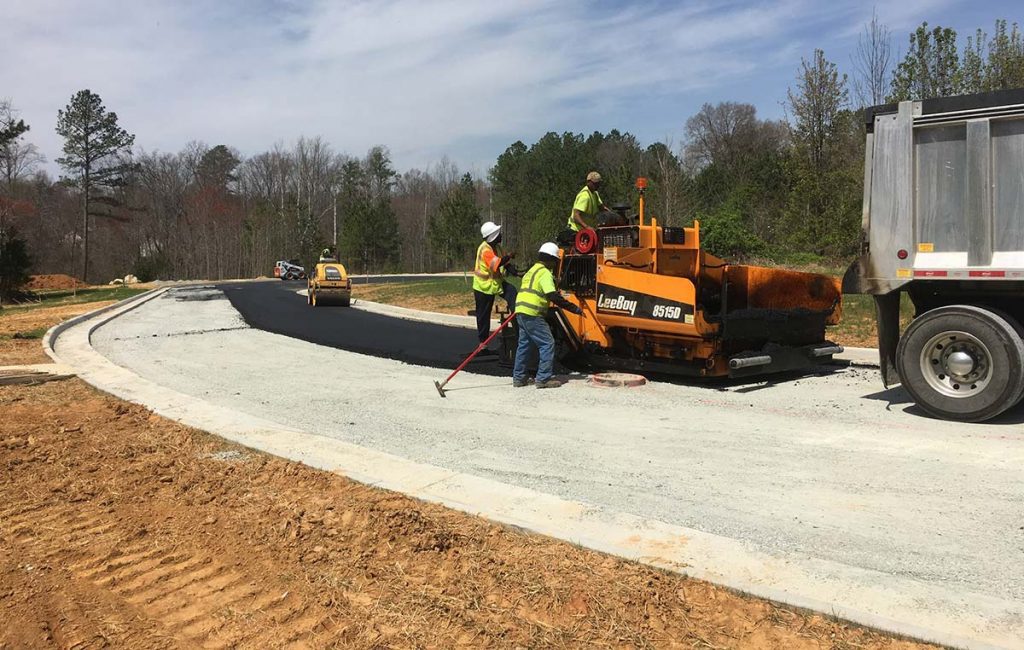Pro-Seal & Paving has implemented pavement management planning (PMP) for many customers over the years. This process employs a proactive approach to pavement maintenance. By planning routine maintenance, facility managers proactively reduce potential liabilities and last-minute emergencies rather than reacting after the damage is already done. Furthermore, this powerful technique stretches maintenance dollars, as it operates based on the principle that the timing of the repair is as important as the repair procedure.

Definition
Pavement management planning or PMP is a systematic, long-term approach (we recommend looking anywhere from two to five years down the line) in optimizing pavement maintenance that ties together various maintenance options in one plan based on available funding. With PMP, several maintenance procedures are used together, one to support the other. The resulting outcome compounds the advantages of each singular approach and significantly extends the life of the pavement.
Approach
Pavements in different condition ranges require different types of maintenance and rehabilitation activities. Applicable procedures range from minor routine maintenance to total reconstruction, depending on pavement condition. Specific procedures selected may vary depending on performance levels in different areas and for different functions. Each procedure used in PMP has an associated cost, pavement condition improvement level, and life cycle.
Pavement Management Planning Procedures
Site Inspection
Initially, a physical inventory is conducted of each parking lot. Careful consideration is given to automotive and pedestrian traffic flow areas, entrances and exits, drainage, islands, delivery zones, and dumpsters. Also noted are depressions, rutting, cracking by type and severity, potholes, and saw cut repairs. If necessary, pictures and detailed maps are also produced and provided to the client.
Consulting
This phase identifies the pavement condition of each section. Next, defects and recommended repairs are ranked from the most to least cost-effective repair (i.e., repairs in high traffic areas, regardless of severity, should take priority over fixing a defect in an isolated area).
Strategy Evaluation
Armed with a pavement inventory and maintenance alternatives, it is then possible to model pavement condition based on various rehabilitation strategies (preventative and structural maintenance and timing) to determine future pavement condition and associated cost to reach the desired outcome. Strategies are further adapted according to goals and funding unique to each property.
Understand the Failure Mechanism
This could be due to poor design or lack of maintenance; but, it can also result from excessive sprinkling, traffic, or salting, snow plow damage, or inadequate drainage.
Operate the System
In this phase, work schedules are produced, and priorities and budgets are set. Pavement maintenance and rehabilitation procedures are then performed as scheduled.
Monitor Effectiveness
Once a PMP is in place and operating, condition data is collected and updated annually to monitor and verify if rehabilitation strategies are producing predicted results. At any point during the plan, strategies can be adjusted to meet specific needs.

